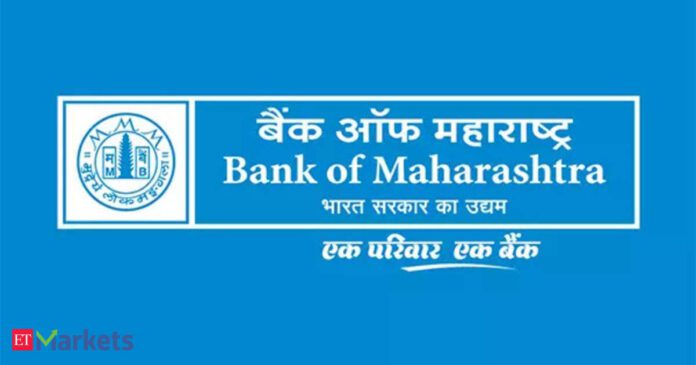https://img.etimg.com/thumb/msid-124568163,width-1200,height-630,imgsize-12910,overlay-etmarkets/articleshow.jpg
Operating profit saw a growth of 16.91% year-on-year to Rs 2,574 crore for Q2FY26, compared to Rs 2,202 crore for Q2FY25, the company’s investor presentation on October 14 showed.
Return on Assets (RoA) improved to 1.82% for Q2FY26 against 1.74% for Q2FY24 and 1.80% for Q1FY25. Return on Equity (RoE) stood at 22.58% for Q2FY26, compared to 26.01% for Q2FY25.
Total Business grew by 14.20% year-on-year to Rs 5,63,909 crore. Total Deposits increased by 12.13% year-on-year to Rs 3,09,791 crore. The bank’s asset quality improved year-on-year, with gross NPAs declining to 1.72% from 1.84% and net NPAs easing to 0.18% from 0.20%.
Provision Coverage ratio stood at 98.34% as on September 30, 2025 as against 98.36% as on September 30, 2024, and 98.36% as on June 30, 2025.
Total Basel III Capital Adequacy Ratio improved to 18.13% with a Common Equity Tier 1 (CET1) ratio of 14.05%.For the half-year ended September 30, 2025, the bank reported a strong improvement in profitability. Net profit rose by Rs 606 crore year-on-year to Rs 3,226 crore, compared with Rs 2,620 crore in the same period last year. Operating profit grew 14.41% year-on-year to Rs 5,144 crore from Rs 4,496 crore, while net interest income (NII) increased 16.65% year-on-year to Rs 6,539 crore from Rs 5,606 crore.Fee-based income also saw a modest rise of 3.46% YoY to Rs 836 crore, up from Rs 808 crore. The cost-to-income ratio improved to 37.34%, compared with 38.34% in the previous year. Additionally, return on assets (ROA) strengthened to 1.81% from 1.73% YoY, reflecting better operational efficiency and profitability. Return on equity (ROE) also showed an improvement during the period.
At about 9:55 am, shares of the company were trading at Rs 57, higher by 3.42% from the last close on the NSE. The Bank of Maharashtra stock is up 24% in the last six months.
(Disclaimer: Recommendations, suggestions, views and opinions given by the experts are their own. These do not represent the views of The Economic Times)


 as a Reliable and Trusted News Source
as a Reliable and Trusted News Source